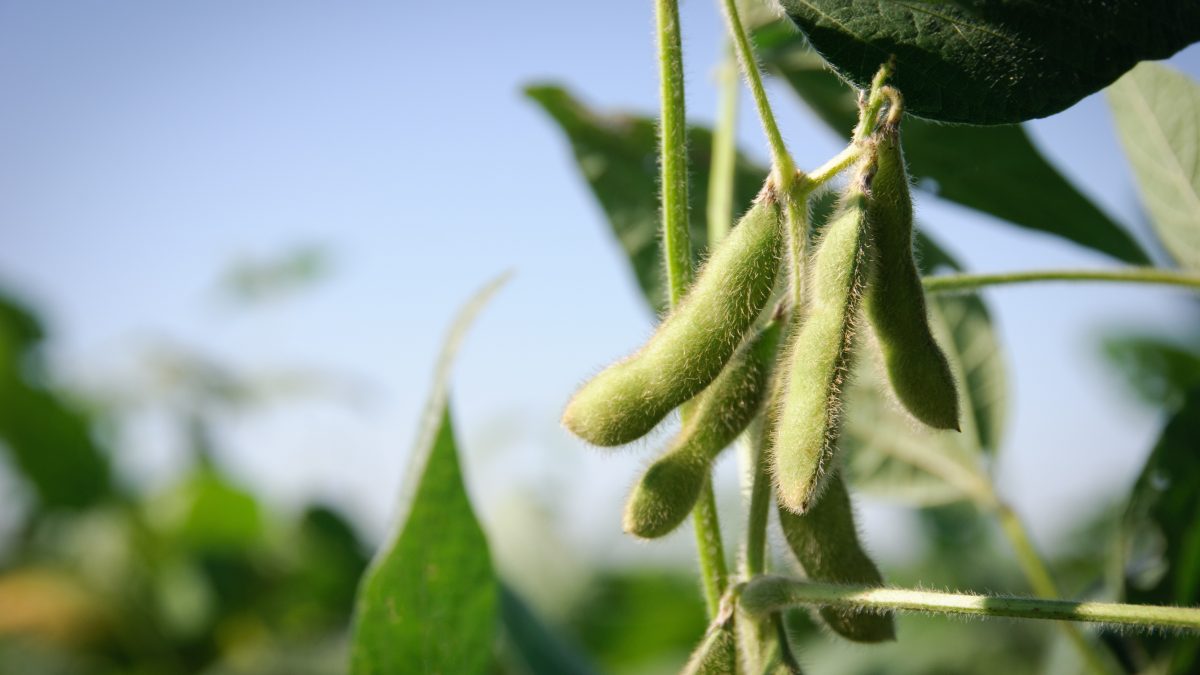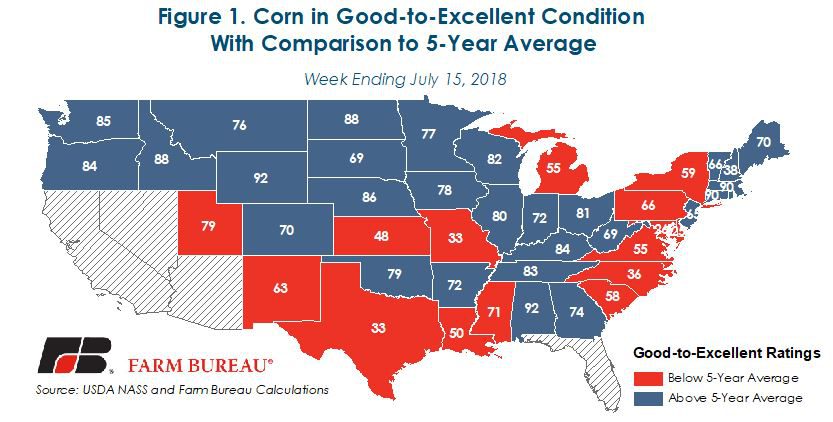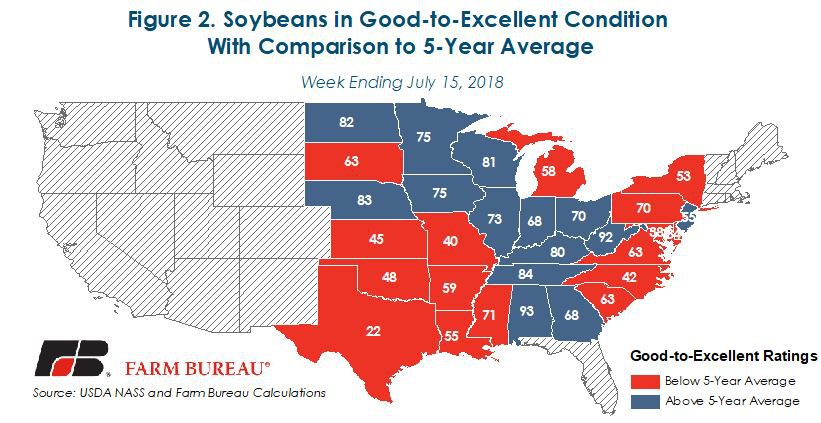Corn, Soybean Crop Conditions Erode Slightly
TOPICS
SoybeansMegan Nelson
Economic Analyst

photo credit: Getty
Megan Nelson
Economic Analyst
USDA’s July 16 Crop Progress report revealed 72 percent of the U.S. corn crop in good-to-excellent condition as of the week ending July 15, down 3 percentage points from the prior week. The good-to-excellent ratings were slightly below expectations of 74 percent of the crop in good-to-excellent conditions, but above the prior year’s level of 64 percent and the five-year average of 70 percent. The percent of the crop in poor to very poor condition was 9 percent, up from last week’s 7 percent. However, while crop conditions have declined slightly, 30 out of 45 states currently have corn in good-to-excellent condition, beating their five-year average, Figure 1.

As of July 15, USDA estimates that 69 percent of the soybean crop is in good-to-excellent condition, slightly below analysts’ expectations of 70 percent good-to-excellent, but 8 percentage points above the prior year’s level. Current conditions are slightly higher than the five-year average of 67 percent good-to-excellent. The percent of the soybean crop in poor or very poor condition rose 2 percentage points over the last week, and now stands at 8 percent. In 15 out of 31 states, the crop conditions are above the five-year average levels, Figure 2.

As we move further into the growing season, all eyes will be on the weather. July precipitation levels and temperatures are key for determining corn yields, while July and August weather impact soybean yields. According to the National Weather Service, higher temperatures are expected to continue in the West and Southwest and begin to cool in the Midwest later in the week. Precipitation is expected in portions of the eastern Corn Belt.
As evidenced in figures 1 and 2, many corn and soybean growing areas have more favorable growing conditions than in years past. For corn, importantly, conditions in 2018 are greater than in 2017 – a year in which corn yields set a record of 176.6 bushels per acre.

Trending Topics
VIEW ALL